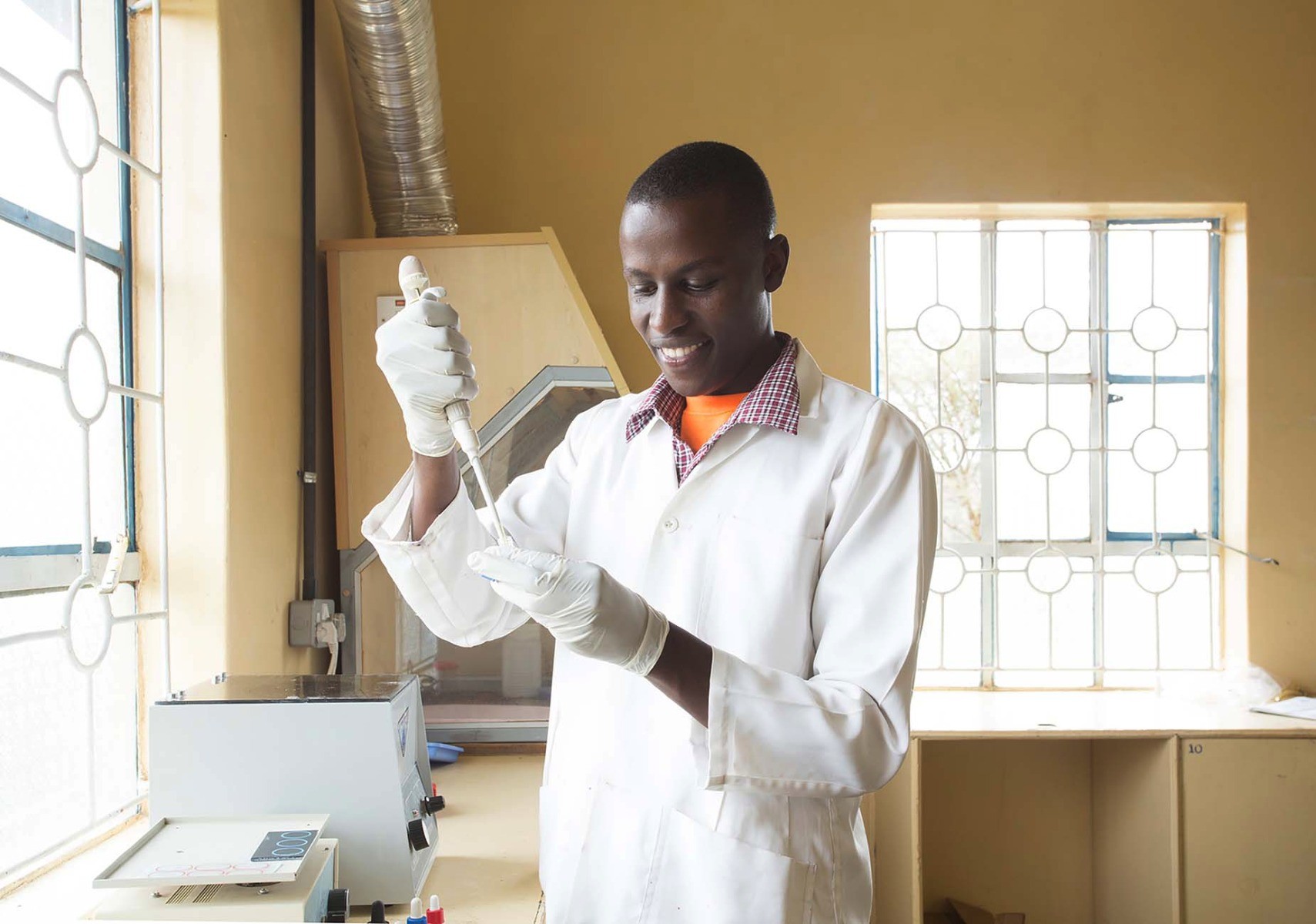Tuberculosis
Tuberculosis (TB) is one of the world’s most common and life threatening diseases, with over 95% of TB deaths occurring in low- and middle-income countries (WHO, 2020). Some estimates indicate that one third of the world's population is infected with TB.
In 2019, an estimated 10 million people were diagnosed with TB worldwide (WHO, 2020). Many people remain undiagnosed and untreated. Vulnerable populations, including children, people living in low- and middle-income countries, and people living with HIV, are at greatest risk for being undiagnosed. Treating TB is possible, but it is difficult and requires long courses of multiple antibiotics. For the 500,000 people who develop multidrug-resistant TB (MDRTB) annually, treatment is more complicated. The second-line medicines used are expensive, hard to access, and often bring painful side effects.
In spite of these challenges, an estimated 60 million lives were saved through TB diagnosis and treatment between 2000 and 2019.

In November 2017, 75 ministers agreed to take urgent action to end TB by 2030. The Moscow Declaration to End TB is focused on health systems strengthening, increased financing, research and development, and improved accountability. Further progress on this commitment was made at the 2018 UN High-Level Meeting on TB. Globally, TB incidence is falling at about 2% per year and the cumulative reduction between 2015 and 2019 was 9%. This is less than half way to the End TB Strategy milestone of 20% reduction between 2015 and 2020.

